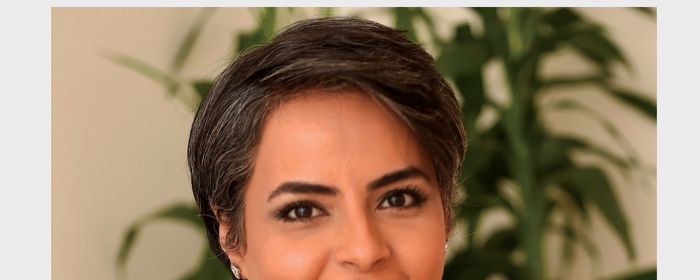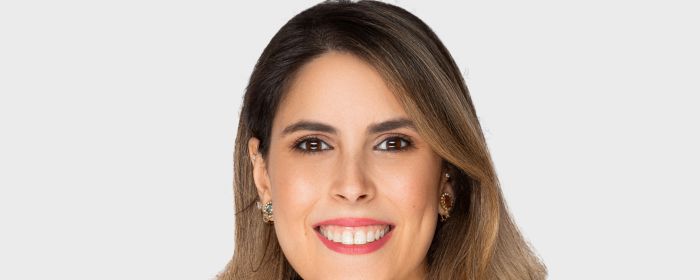This opinion piece is based on the conversation between Mr. Mahendran Lakshmanan, Head of Human Resources at Al Mulla Automotive, and Mr. Shashi Shankar Ghosh and Ms. Assil Homayed from KPMG in Kuwait.
When you have worked in a service-based industry for as long as we have, you naturally miss out on the challenges and issues faced by an HR function that works purely for a product-based organization.
So, when the opportunity to meet Mr. Mahendran Lakshmanan, Head of Human Resources at Al Mulla Automotive arrived, we were curious and excited to understand the perspectives of an HR function that operates in an entirely different ecosystem.
To explain the context better, let’s take the COVID-19 pandemic as an example. Due to the nature of KPMG’s work, it took us five days to take all our operations online and implement a hybrid work model.
However, for an organization such as Al Mulla Automotive that holds a portfolio of 19 international car brands (sales and maintenance) with over 2500 employees working across four different countries, implementing a conventional hybrid model was a completely different thing altogether.
When we asked Mr. Mahendran about their journey through the COVID-19 pandemic and the hybrid work model, he had very clear and distinct views on it.
“The hybrid model is a clear no for us, considering we cater to the needs based on our customers’ preferences,” said Mr. Mahendran. “The products are humongous in size. So, unfortunately, we really cannot make them available virtually. People want to touch and feel the product before they decide. So, instead of asking the customer to visit our showrooms, we would schedule an appointment and set up a driver to bring the product to the customer to see, feel and share their opinions on.
The rest of the conversation would take place over a call. That is how we managed during the COVID-19 pandemic and ensured the safety of our customers and employees,” he added.
The organizational structure of Al Mulla Automotive is distinctive. The organization has multiple roles from sales, back office, engineering and maintenance. Every department has its specific set of skill requirements and motivational factors. The common factor which binds them together is the HR function.
Mr. Mahendran has his team members work with individuals from different geographical and societal backgrounds too. The mammoth task for the team is to get them to rally behind a single corporate vision and purpose. Therefore, when we pushed him to spill the beans on how he put all of this together, Mr. Mahendran gave us the recipe to their secret sauce.
“In most cases, every employee joining the organization is already excited about the brand. So, to a great extent, it makes our life easier as we don’t have to sell the brand. We put our best efforts on the employee’s very first day. The first day is a full-day orientation where the HR team spends the entire day with new employees, understanding their levels of expectations,” said Mr. Mahendran.
His colleague who had been quietly listening to the conversation was quick to point out a vital element of these inductions. “It doesn‘t matter which brand, what designation, etc., everybody is in the same room. We bring them to the same table. We have round tables in the induction program to ensure that people across brands, departments and positions are seated together.
For example, a manager can be seated with a barista, or a car technician can be seated with a sales consultant.So, we ensure that we have a diverse seating arrangement,“ they said.
“And we cascade this practice across their lifelong journey in Al Mulla. We do multiple events throughout the year to bring different Managers, Heads of Department, General Managers and Directors under one roof. That is how we carry forward the employee value proposition — not just to make an impression on day one but every day,” they added.
Besides the induction and other interactions, Al Mulla has a formal employee survey in place, which gets translated into multiple languages for the diverse employees who work in the organization and the responses are 100% anonymous.
They further elaborated, "It is a very comprehensive survey, which captures right from the top-notch subject, i.e., relation with the brand and how connected they feel to the company, cascading from top to bottom, and capturing each area of employee experience. We also have comparative reports from the last two years. The comparative analysis helps us identify the areas we improved upon and the ones we may need to.“
Speaking of employee experience, we further discussed how talent management and employee experience are closely linked. Our report found that a proper talent management system helps with EVP and employee loyalty and increases the overall employee experience.
Mr. Mahendran has a meticulous approach to talent management. Al Mulla defines this as the Career Ladder and Promotability Index — a ranking system between 1 to 5 to categorize the best employees for the next level with key requirements of skills.
He told us about the clearly drawn hierarchy charts, which allow employees to move vertically and laterally within the organization. The trick is customer-centricity. Each role in the organization is created based on the demand of the customers and the business. Therefore, each position has its unique skillsets and minimum requirements.
While it was very difficult to not let the conversation drift into the various luxury and premium cars that come under the Al Mulla brand, we managed to figure out that more than anything else, bringing people together and giving them a voice are the two pillars on which the HR function at Al Mulla Automotive is built on and functions. And it, indeed, is a different ball game.
Get in touch
Connect with us
- Find office locations kpmg.findOfficeLocations
- kpmg.emailUs
- Social media @ KPMG kpmg.socialMedia








